NAT 27.6%
Incumbent MP
Adam Marshall, since 2013.
Geography
Northern NSW. The seat covers most of the New England region, including Armidale, Inverell, Glen Innes and Moree. Northern Tablelands entirely covers seven local government areas: Armidale Dumaresq, Glen Innes Severn, Guyra, Gwydir, Inverell, Moree Plains and Uralla.
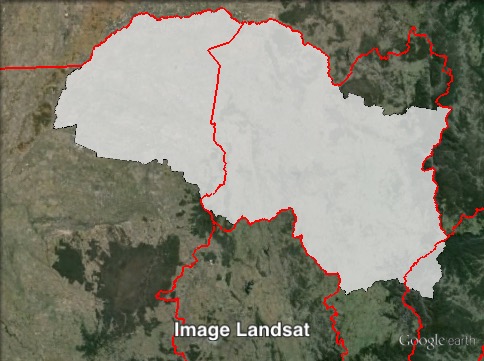
Redistribution
Northern Tablelands gained Moree Plains from Barwon, and a small part of Armidale Dumaresq council area from Oxley, and in exchange lost Walcha council area to Tamworth and the remainder of Tenterfield council area to Lismore. These changes increased the Nationals margin from 26.1% to 27.6%.
History
The current seat of Northern Tablelands was created in 1980 following the abolition of the districts of Armidale and Tenterfield. A seat with the same name had also existed from 1920 to 1927, when it elected three members by proportional representation.
Tenterfield had been held by the Country Party continuously since 1927. The seat was first won by Michael Bruxner. He had first won a seat in Northern Tablelands as a Progressive MP in 1920. During that term, the Progressives split, with urban members supporting Nationalist Premier George Fuller’s government and joining the Nationalist Party. Bruxner led the rural wing, which eventually became the Country Party.
Bruxner won the seat of Tenterfield in 1927, and held it until his retirement in 1962. He served as a minister from 1927 to 1930, and as Deputy Premier from 1932 to 1941. He was succeeded in 1962 by his son Tim Bruxner.
The younger Bruxner was appointed to Cabinet as a minister after the 1973 election. He became Deputy Leader of the National Country Party in 1975. In 1976 he lost his ministry when the Coalition government lost power. He retired in 1981 when Tenterfield was abolished in the redistribution.
The seat of Armidale had a very solid record of being held by the Country Party, although the ALP won the seat on two occasions, in 1953 and 1978.
Armidale was won in 1927 by David Drummond. Like the elder Bruxner, he had also been elected as one of the members for Northern Tablelands in 1920 for the Progressives and ended up in the Country Party. He served as state minister for Education from 1927 to 1930 and from 1932 to 1941. In 1949, he moved to the federal seat of New England, which he held until his retirement in 1963.
Davis Hughes won the seat for the Country Party at the 1950 by-election. He was re-elected at that year’s general election, but lost in 1953 to the ALP’s Jim Cahill. In 1956, Hughes defeated Cahill, and went on to hold the seat until 1973, when he resigned to take up the position of Agent-General for NSW in London.
The 1973 by-election was narrowly won by Country Party candidate David Leitch. He was re-elected in 1973 and 1976, but lost in the 1978 landslide to the ALP’s Bill McCarthy.
When Armidale and Tenterfield were merged into Northern Tablelands in 1981, the seat was won by McCarthy. He held the seat until his death in 1987.
The 1987 Northern Tablelands by-election was won by the National Party’s Ray Chappell. He served as a minister in the Coalition government from 1993 to 1995.
In 1999, Chappell was challenged by former Armidale mayor Richard Torbay, running as an independent. Torbay won a large victory, winning almost 60% of the two-party-preferred vote.
In 2003, Torbay increased his margin from 59% to 82%, which was slightly reduced to 80% in 2007. Following the 2007 election he was elected as Speaker of the Legislative Assembly, despite the ALP holding a solid majority in the House.
Torbay lost the speakership at the 2011 election. He managed to hold on to his seat with a solid margin of almost 20% while rural independents lost their seats in Dubbo, Port Macquarie and Tamworth.
Torbay has been one of four crossbenchers in the Parliament since the 2011 election, along with Jamie Parker, Greg Piper and Clover Moore (succeeded by Alex Greenwich in 2012).
Torbay was preselected for the Nationals to run against independent federal MP Tony Windsor in 2012. He was forced to step down as the Nationals candidate in March 2013, and resigned from Northern Tablelands shortly afterwards.
The 2013 Northern Tablelands by-election was won by Nationals candidate Adam Marshall, former Mayor of Gunnedah.
Candidates
- Holly Beecham (Christian Democratic Party)
- David Mailler (Independent)
- Trevor Gay (No Land Tax)
- Adam Marshall (Nationals)
- Mercurius Goldstein (Greens)
- Debra O’Brien (Labor)
Assessment
Northern Tablelands should be safely retained by the Nationals, in the absence of a strong independent campaign.
2011 election result
| Candidate | Party | Votes | % | Swing | Redist |
| Richard Torbay | Independent | 29,526 | 63.4 | -9.3 | 54.8 |
| Charlie McCowen | Nationals | 13,199 | 28.3 | +10.6 | 35.5 |
| Sarah Frazier | Labor | 1,580 | 3.4 | -1.0 | 4.9 |
| Pat Schultz | Greens | 1,531 | 3.3 | +0.1 | 3.4 |
| Isabel Strutt | Christian Democrats | 736 | 1.6 | -0.4 | 1.4 |
2011 two-candidate-preferred result
| Candidate | Party | Votes | % | Swing |
| Richard Torbay | Independent | 31,247 | 69.4 | -10.8 |
| Charlie McCowen | Nationals | 13,756 | 30.6 | +10.8 |
2011 two-party-preferred result
| Candidate | Party | Votes | % | Swing | Redist |
| Charlie McCowen | Nationals | 21,383 | 76.1 | +7.3 | 77.6 |
| Sarah Frazier | Labor | 6,726 | 23.9 | -7.3 | 22.4 |
2013 by-election result
| Candidate | Party | Votes | % | Swing |
| Adam Marshall | National | 27,276 | 63.3 | +35.0 |
| Jim Maher | Independent | 5,814 | 13.5 | +13.5 |
| Herman Beyersdorf | Labor | 4,190 | 9.7 | +6.3 |
| Katherine Nicholson | Independent | 1,845 | 4.3 | +4.3 |
| Dora Koops | Greens | 1,782 | 4.1 | +0.8 |
| Bill Bush | Independent | 1,270 | 2.9 | +2.9 |
| Silvana Nero | Christian Democrats | 912 | 2.1 | +0.5 |
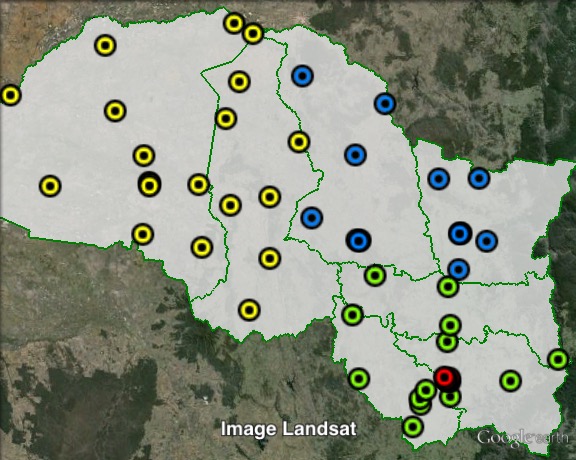
Booth breakdown
The electorate has been broken down differently for the by-election results (on the 2011 boundaries) and for the general election results (on the new boundaries, including votes from redistributed areas).
For the general election, the electorate has been split into four parts. Polling places in the Armidale urban area have been grouped together as “Armidale”, and the remaining booths were grouped between:
- North-East – Glen Innes Severn and Inverell council areas
- North-West – Gwydir and Moree Plains council areas
- South-East – Armidale Dumaresq, Guyra and Uralla council areas
Independent candidate Richard Torbay won a large majority of the primary vote where he was on the ballot, but the Nationals won a majority of the vote in the north-west, which includes Moree Plains council area which was in Barwon in 2011. Labor also polled more highly in this region.
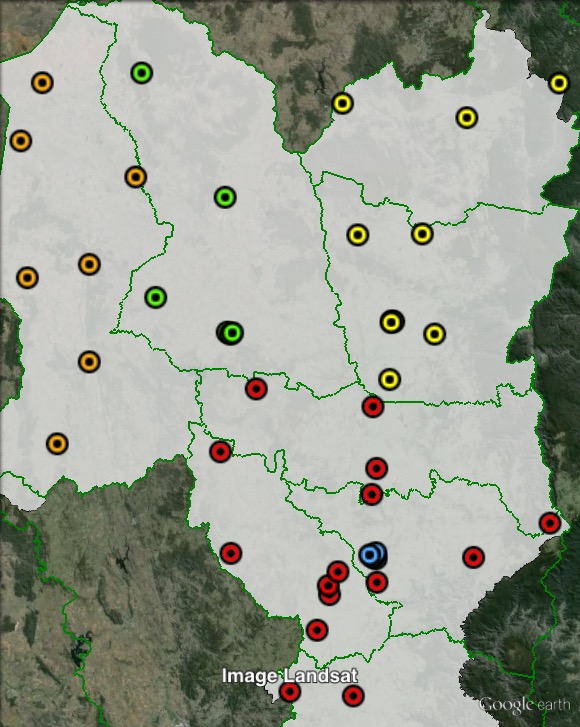
For the 2013 by-election, booths have been split into five regions: Armidale, Inverell, Glen Innes, Gwydir and the South.
The Nationals won large majorities of the vote in four out of five regions, ranging from 64% in Glen Innes to 75% in Gwydir. In Armidale, the Nationals only won 51% of the primary vote.
Independent candidate Jim Maher came second, with a vote ranging from 3.6% in Gwydir to 21% in Armidale.
The Labor vote ranged from 8.4% in Inverell to 11.4% in Armidale.
2011 election breakdown
| Voter group | IND % | NAT % | ALP % | Total | % of votes |
| North-East | 67.2 | 27.1 | 2.7 | 10,928 | 22.7 |
| Armidale | 65.9 | 21.7 | 3.8 | 10,127 | 21.0 |
| North-West | 19.3 | 66.1 | 11.7 | 7,792 | 16.2 |
| South-East | 57.9 | 33.5 | 4.1 | 5,191 | 10.8 |
| Other votes | 55.7 | 35.7 | 4.1 | 14,201 | 29.4 |
2011 by-election breakdown
| Voter group | NAT % | IND % | ALP % | Total | % of votes |
| Armidale | 51.1 | 20.8 | 11.4 | 8,776 | 20.4 |
| South | 69.3 | 11.1 | 9.2 | 6,440 | 14.9 |
| Inverell | 64.8 | 10.4 | 8.4 | 5,558 | 12.9 |
| Glen Innes | 63.9 | 10.8 | 9.8 | 4,874 | 11.3 |
| Gwydir | 75.4 | 3.6 | 11.1 | 2,563 | 5.9 |
| Other votes | 65.1 | 13.9 | 9.2 | 14,878 | 34.5 |
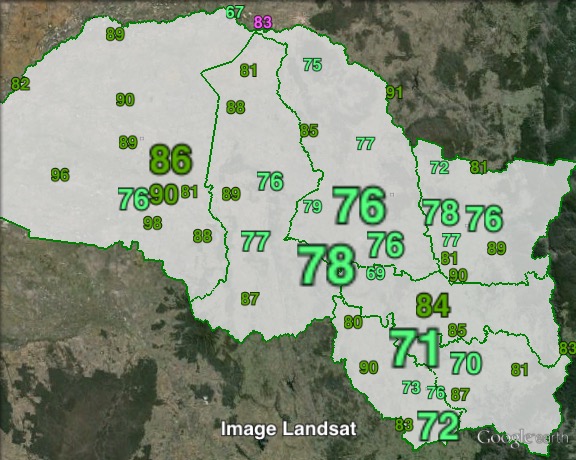
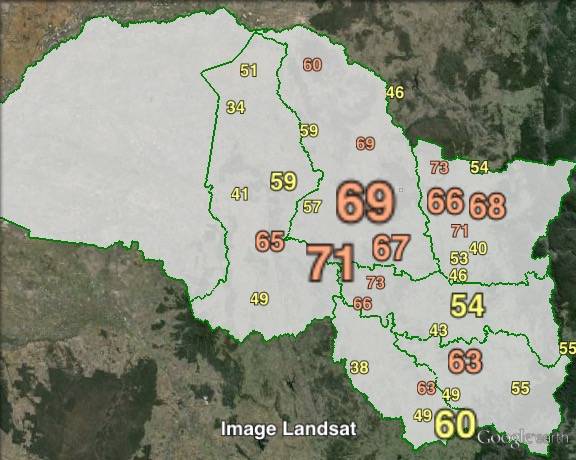
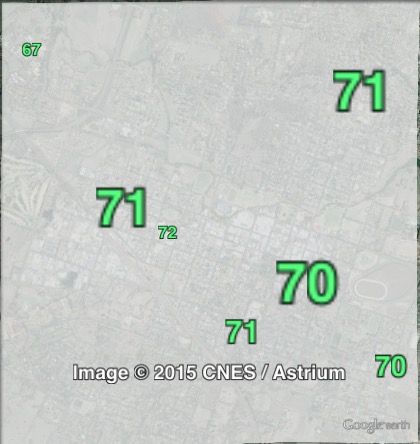
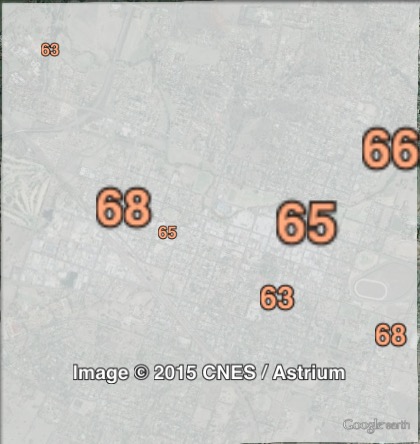
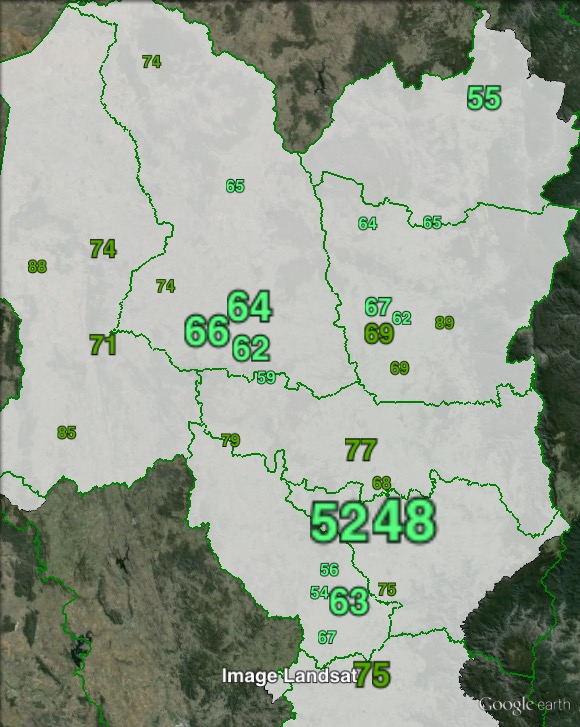
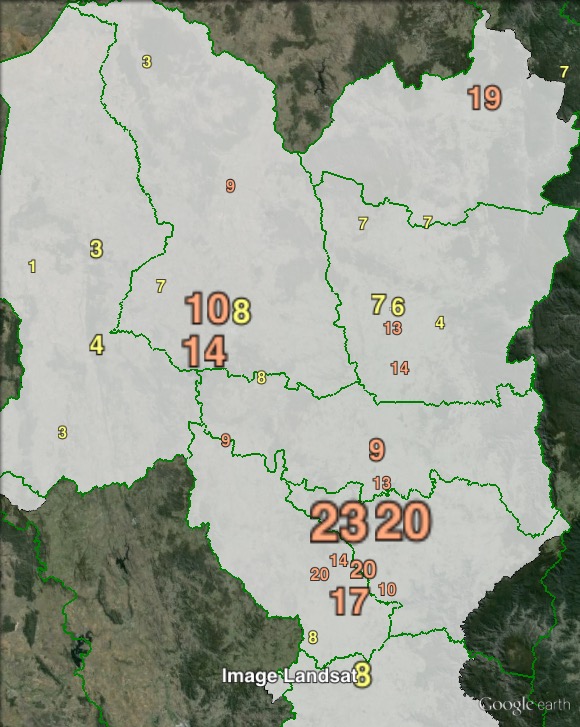
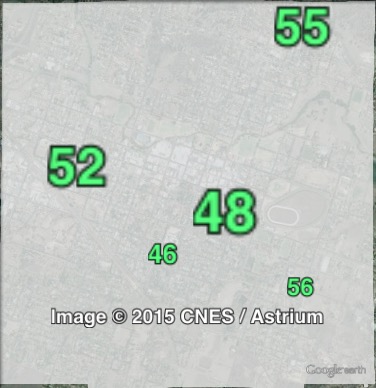
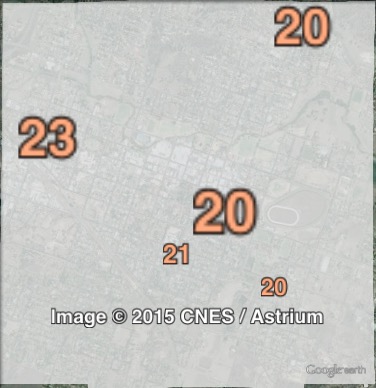


What the hell is up with the 83% Labor booth? Typo?
No typo. It’s Toomelah, which was in Barwon in 2011. Labor won 34 out of 44 votes there.
It’s an Aboriginal community just outside Boggabilla, across the border from Goondiwindi.
Aah right, had to be a reason :p
This area has a history of being won by strong Independents but I can’t see it happening in this election.
My prediction: Easy National hold, particularly with no strong independent this time around. Unless David Mallier has a high profile?
There are number of very small rural booths scattered across Australia which produce very high Labor votes, while being surrounded by typical very conservative country booths. They are nearly always (1) Indigenous communities (like Wallaga Lake in Eden-Monaro), (2) hippy communities (like Wilsons Creek in Richmond), or (3) old mining and/or timber towns (like Lavers Hill in Corangamite).
Of course in the case of (2) that’s largely only on a 2PP basis not primary votes
Yes that’s true. In a federal election the hippies vote Green but have to preference Labor if they want their vote to be formal. In a NSW election they can just vote Green and feel all righteous while the Nats hold the seat.
Dave Mailler as an individual is a stronger candidate, but may have decided to run too late to get his profile up enough. Nationals are increasingly unpopular due to failure to deliver on election promises and increasing concern around CSG and protection of ag land and water, but voters need to be confident in the alternative to switch.